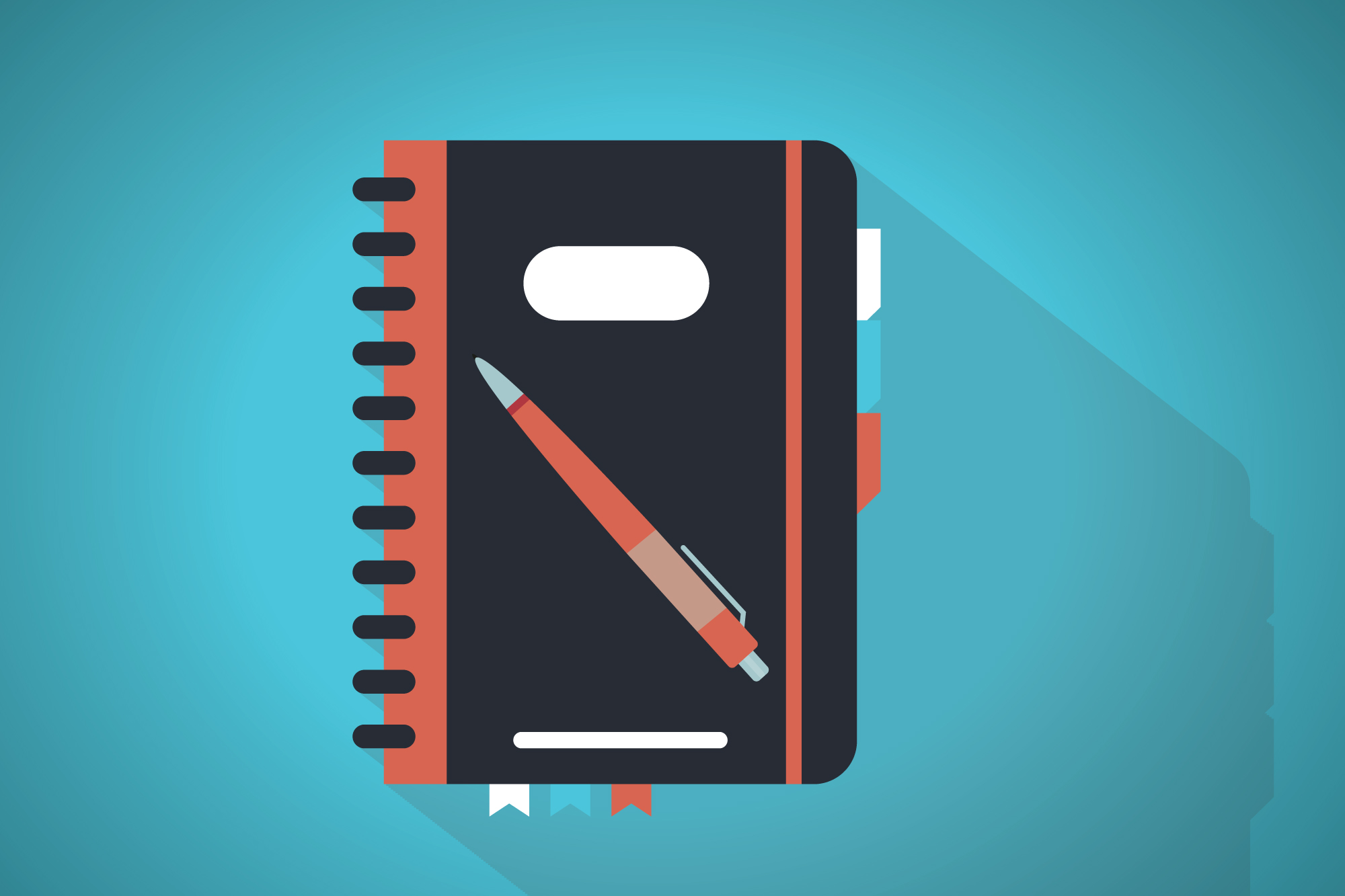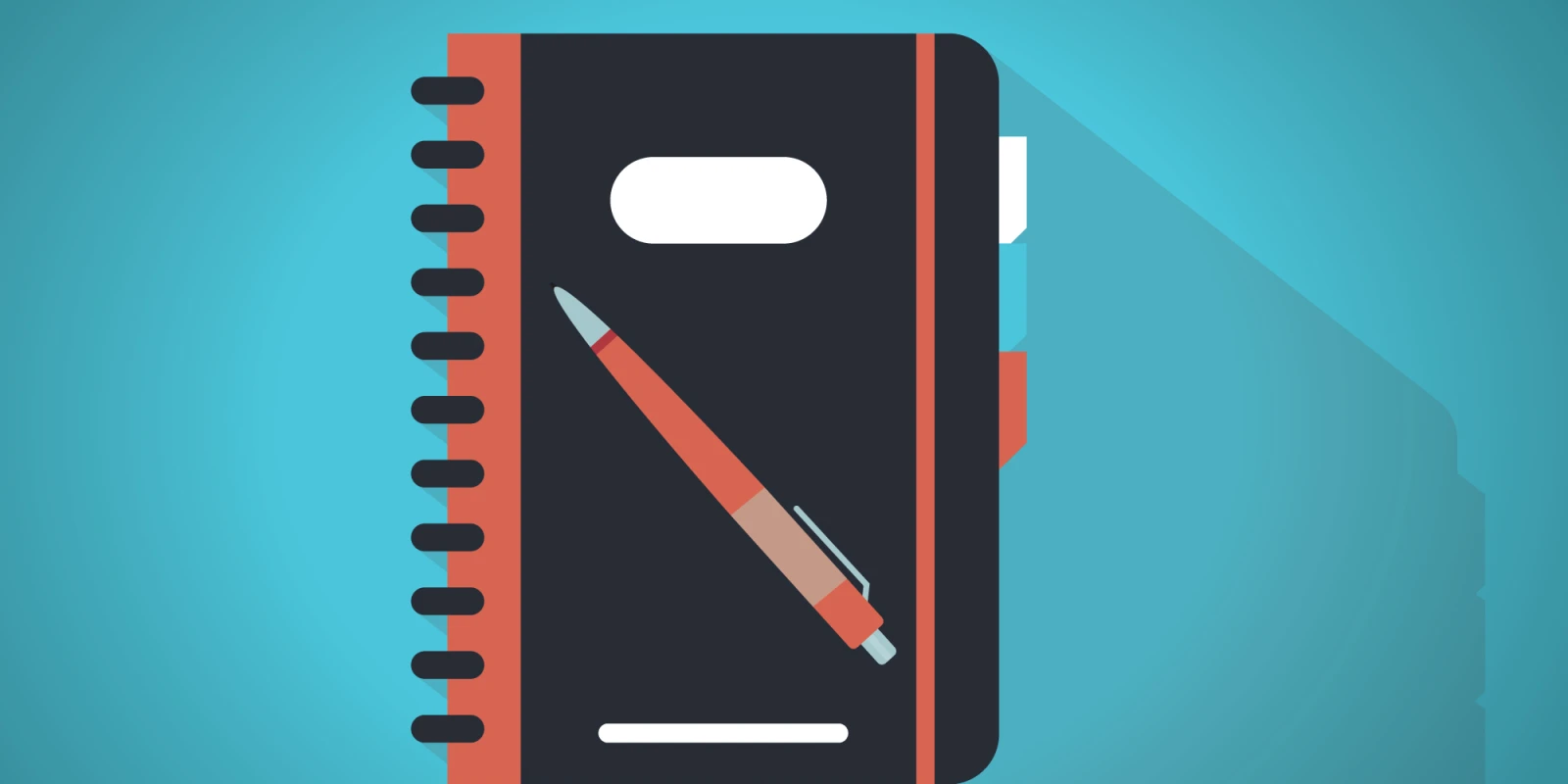
Before you go to your next medical conference, think about how you are going to remember and digest the wealth and breadth of information you are going to get bombarded with.
Conferences are fun. We make new friends and see old colleagues. We go to provocative lectures, participate in hands-on workshops, and walk around the Product Theater. We read blogs and post pictures on social media. Often, we learn new things, and become interested in learning more about these new ideas. Conferences can be an opportunity to step away from the day-to-day grind of seeing patients and recharge your batteries.
Step away from your packing (it will be cold in the conference rooms). Think about how you’ll be able to get the most out of your conference. This doesn’t necessarily mean planning all the CME you’ll be attending, but instead how you should digest the information and retain it for later. Many times, I’ll come home from a conference reinvigorated, excited and rejuvenated. But what exactly was I planning on doing? What did I learn that I was going to bring back home and implement? After a couple of weeks, the ideas fade and I forget what I wanted to accomplish. Making to-do lists or keeping copious notes are not helpful. Sometimes the notes are incomprehensible, sometimes the to-do list becomes a not to do because I’m too busy.
What Is the Best Way to Remember Information Post-Conference?
Plan at the beginning how you’ll revisit things later. Many people keep well-organized notes on their laptop or tablets. Notability is a great program that has been popular. Some people like to take pictures of everything to remember. (I use pictures to remember where I park my car at the airport). Some people like handwritten notes or journaling in a bound journal. All of these mediums can be used with these ideas for a post-conference personal debrief.
Make two columns. You’ll put words or pictures in one of these two columns. Keep it simple.
Column one is those things you have learned wrong and need to stop doing, or anything that you need to replace with a better, safer, more evidenced-based alternative.
Column two is those things you want to learn to do better or a new technique. The things in this column may require a separate course or conference or expert training. The idea of the two column list comes from this blog from February 5, 2010 by Leo Sadovoy.
That’s it. Don’t write down every detail that you learn, just the two columns and then revisit things at about two weeks post-conference.
In the end, the goal is to not create a to-do list, but a better, more actionable list. I’ve been advising my students for years to create gap analysis of the conditions they see. One problem we all have is when we read about a case or a condition, we only remind ourselves of what we already know. We don’t force ourselves into the uncomfortable position of learning the thing we didn’t know. That is because it is hard. This technique helps to remind you of what things you felt you needed to do — an actionable list of things to change. Either stop doing because the research says to do so, or retrain yourself in the future.







